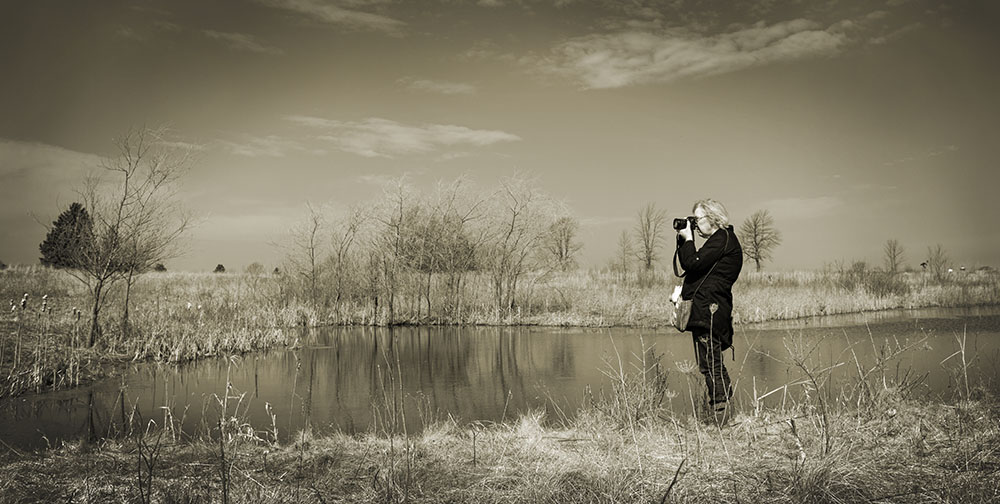
Vicki Reed: Artist in Residence at Forest Beach Migratory Preserve
May 1, 2020 | Topics: featured artist
The Natural Realm presents Vicki Reed, who is one of 12 artists participating in a year-long residency program called ARTservancy, a collaboration between Gallery 224 in Port Washington and the Ozaukee Washington Land Trust, River Revitalization Foundation, Milwaukee Area Land Conservancy and the Western Great Lakes Bird and Bat Observatory. The mission of ARTservancy is to promote the visionary work of both the artists and conservationists. Each artist has selected a preserve to spend time in and to engage with.
Artist Statement by Vicki Reed
I grew up in a small town on a lake in central Maine. It was at a time when we children had free reign in the summertime to explore the shore of the lake for frogs, turtles and tadpoles. We spent our summer days divided between the shore of the lake and the open meadows. Weekends and vacations were often spent camping around New England and Canada, almost always by a lake, stream, or the ocean. My husband’s great-grandfather was a photographer in the late 1800s through the mid-1900s, often loading mules with camera gear and backpacking into the wilderness of Maine. Living with his images in our home greatly influenced me when I became a photographer. So, it seems that Forest Beach Migratory Preserve with its open prairie and more than a dozen wet areas was a perfect match for my residency.

Early in the fall, shortly after the start of my residency I met Kate Redmond in full birdwatching gear on one of the trails. I sensed she was someone important to the place as we stopped and chatted by one of the ponds. As she educated me on the dragonflies that I saw darting around the prairie, I was unaware that she is known as The Bug Lady. She told me that her late husband had been influential in the patchwork design of the preserve, which includes varied micro climates that encourage different species of animals and plants to thrive. Before it became part of the Ozaukee Washington Land Trust the place used to be a groomed golf course. I found it fascinating to see the transition back to prairie.
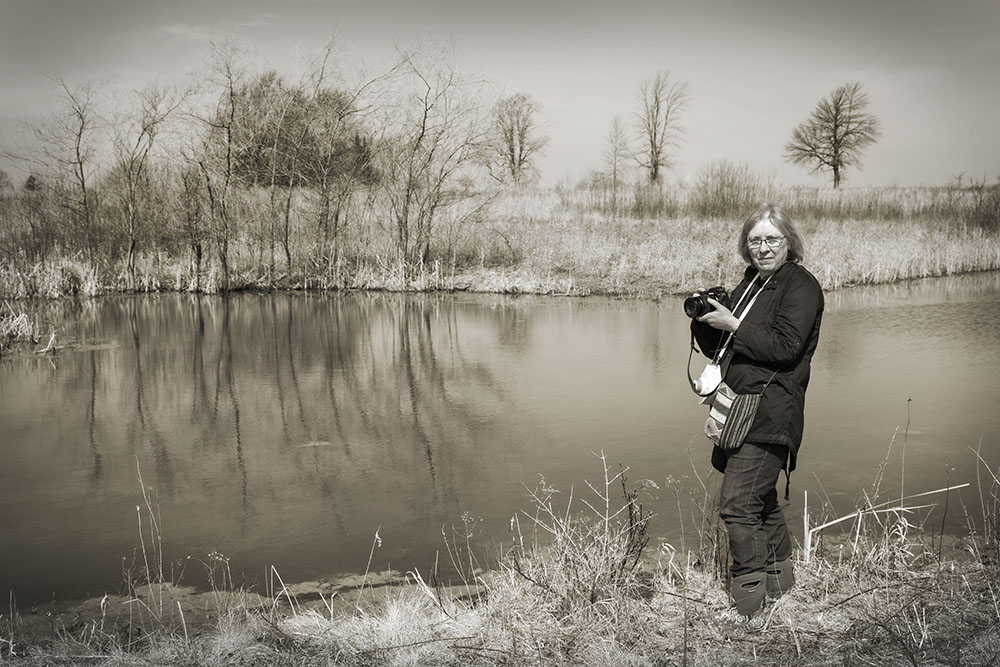
As the fall progressed into winter I visited frequently and got to know the many ponds well. I followed the deer paths that crisscrossed the property, becoming familiar with the variety of dried pods and grasses and I looked forward to revisiting them in the summer to see what they looked like when they were green and blooming. I bought the book on plants of the Midwest prairie that Kate had recommended and browsed the pages wondering what plants these dried remnants belonged to.

As winter coated the ponds with ice I discovered muskrats swimming beneath my feet. I learned the hard way that the water often does not freeze around the cattails at the edges of the ponds. My boots filled with water as I broke through the too thin sheet of ice and became stuck in the mud. I learned to avoid those areas and kept a dry pair of shoes and socks in the car just in case.
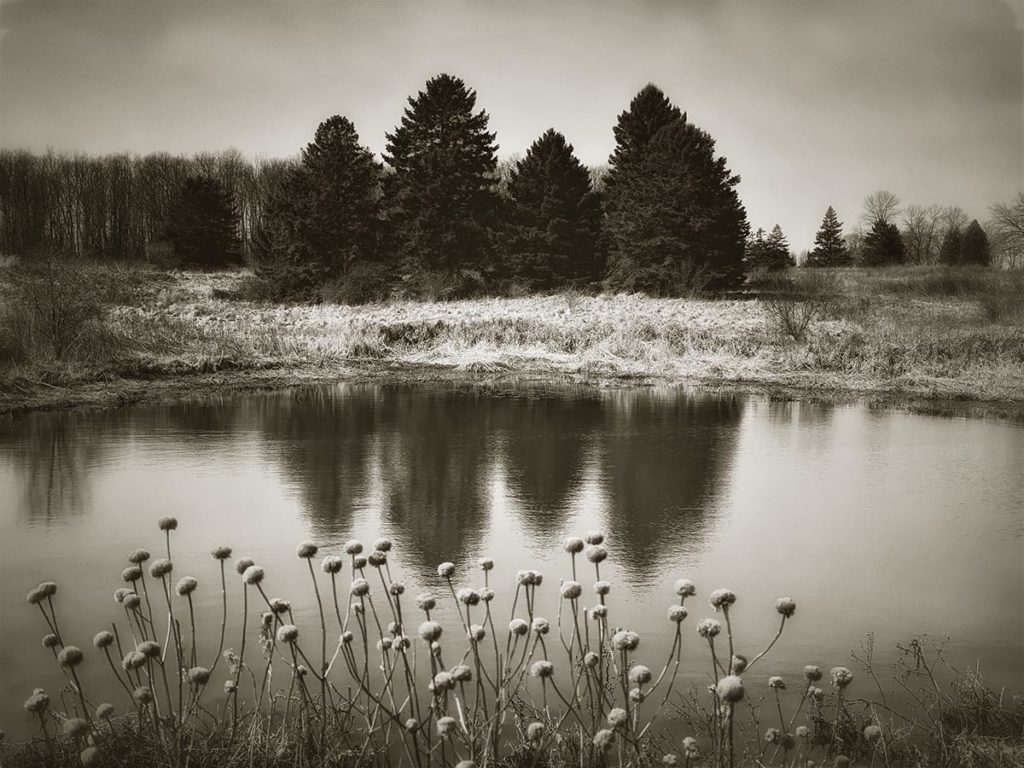
Certain trees and ponds became my favorites and I visited them often to see what they looked like in different light. My favorite time to photograph the preserve is when it is shrouded in fog. Fog is not as common as it is on the coast of Maine so when I hear that it is predicted for the next day I am up early and off with my cameras. The quietness is palpable, almost as quiet as standing in gently falling snow. Fog obscures the long views and forces you to focus on what is right in front of you. It softens everything and often reduces things to obscure shapes.
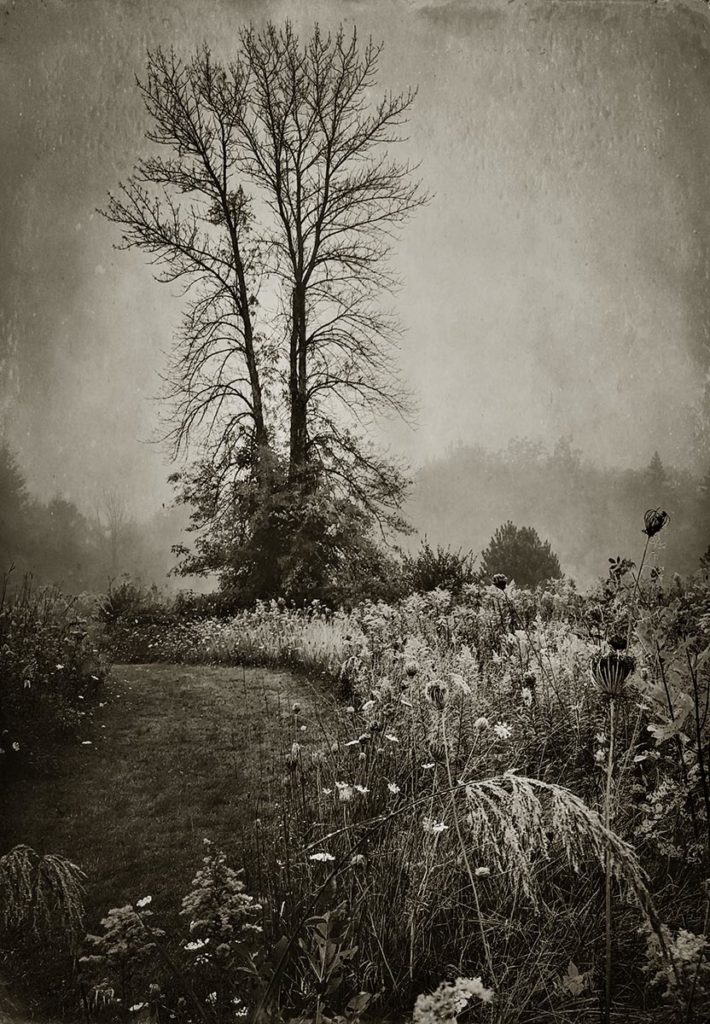
Most recently as spring returns to the area I have enjoyed the return of bird song and the chorus of peeper frogs, tiny things about an inch long that make an incredibly appealing loud sound. I have never seen one but as I stand very still on the edge of the pond they make it very clear that they are there.
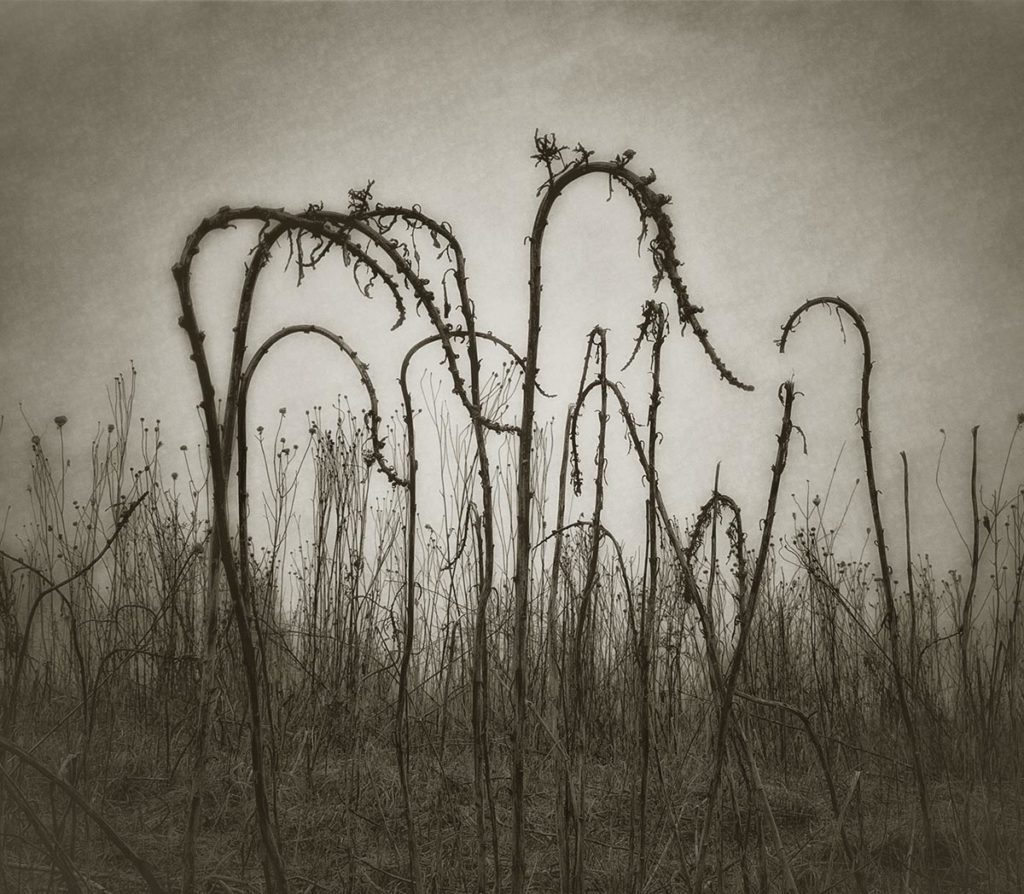
During the sheltering-in time of this pandemic the preserve has become my therapy. When I feel anxiety overcoming me I head to the preserve. I focus on the tiniest things there—a single stalk of dried Queen Anne’s Lace, the amazing skeletal pattern of an oak leaf revealed by melted snow, the bowed trees reflected in the water. I hear the birds that have returned, see the trees forming buds and it gives me such reassurance that nature carries on and hopefully so too, will we.
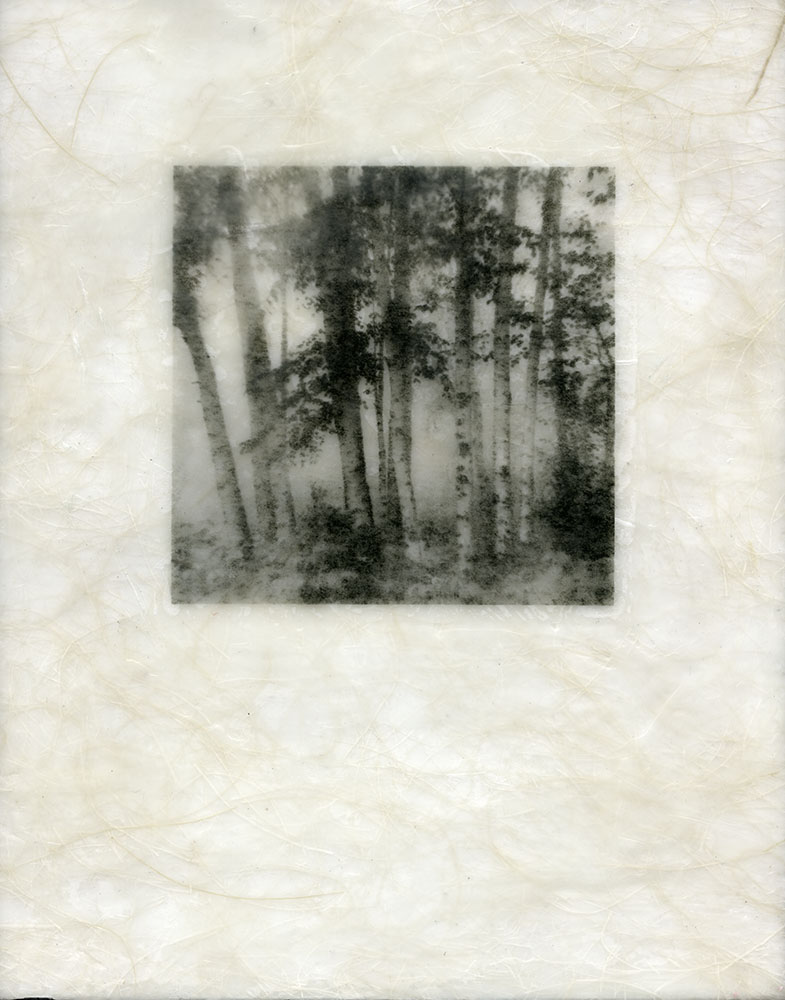
Notes on processes:
The photos included here were taken at Forest Beach Migratory Preserve. They were shot and processed on my iPhone. For the exhibit I plan to transform them using encaustic, which involves printing them on Japanese mulberry paper and embedding them in wax on a wood panel. Encaustic is one of the oldest art forms, dating back to the ancient Greeks. I like the idea of pairing the modern technology of the iPhone with such an ancient art process; plus, I love the patina of the wax and the softness that it gives to the images. Sometimes I layer other papers into the work that are embedded with natural fibers and I work the wax surface to add texture to the piece.
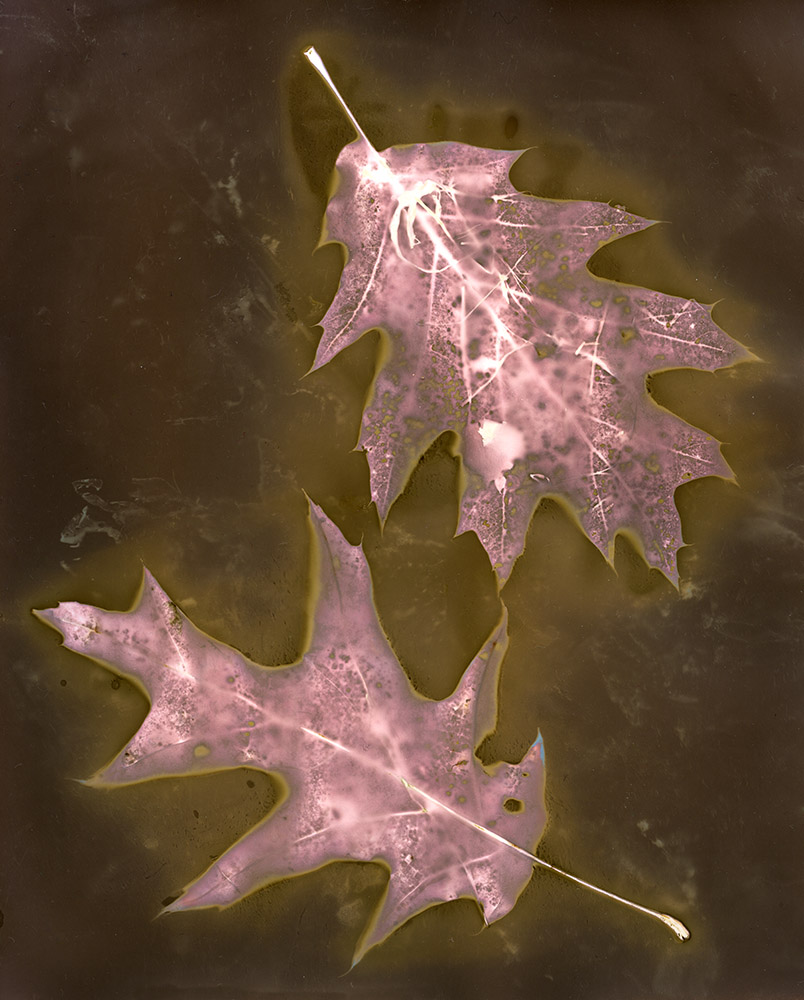
I also plan to include lumen prints in the exhibit. I am not supposed to pick any living plants but I made a few lumen prints from some leaves I found on the ground. The lumen process involves using black and white photographic darkroom paper. I place items, usually plants and flowers, on the paper that I have laid on a rigid backing. Then I cover it with glass or plexiglass and then place in the sun from a half hour to several days. The chlorophyll and natural chemicals in the plants react with the chemicals in the photographic paper and result in color images. The results vary with the type of paper used, the humidity, and length of exposure in the sun.
Gallery
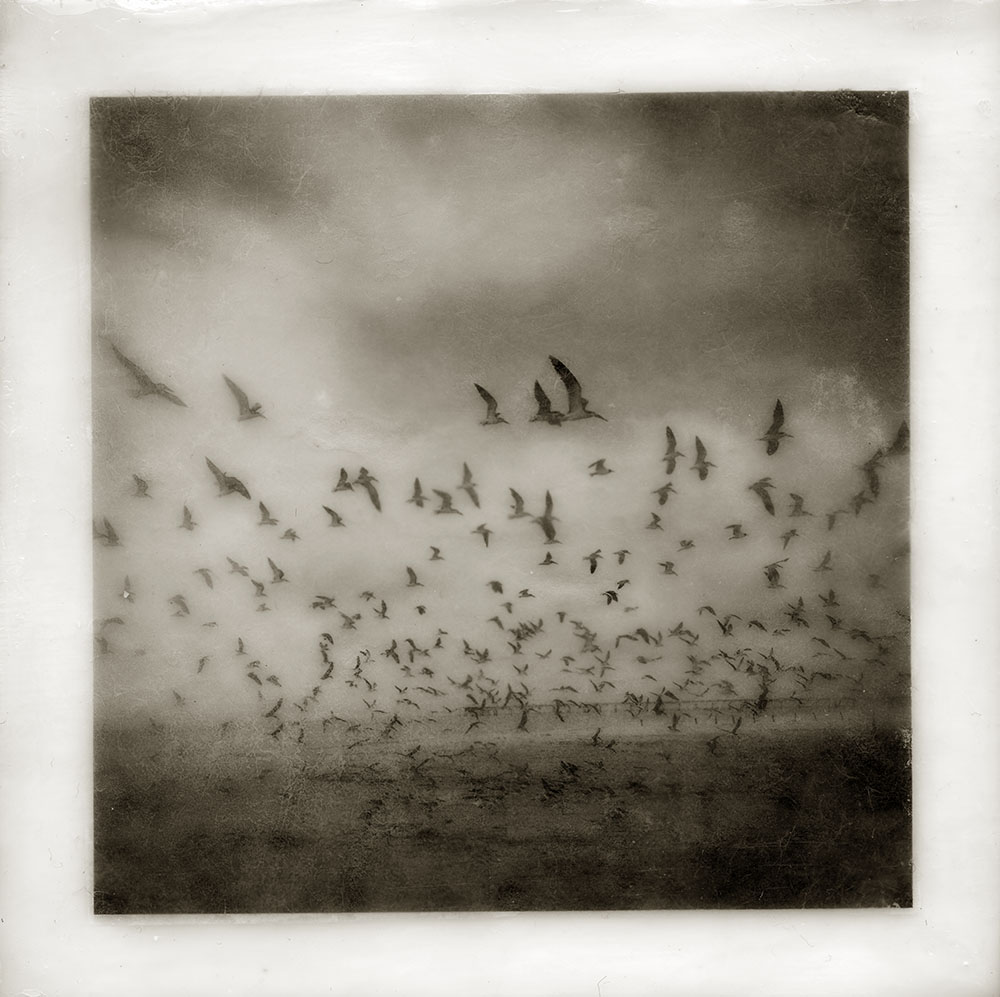
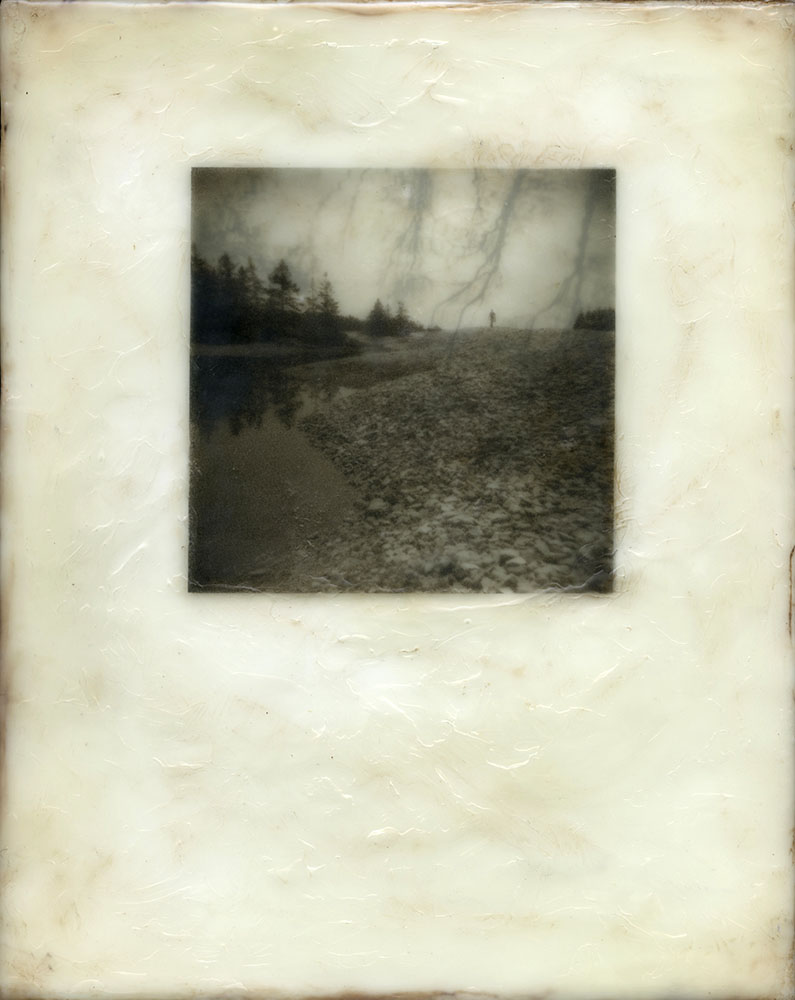
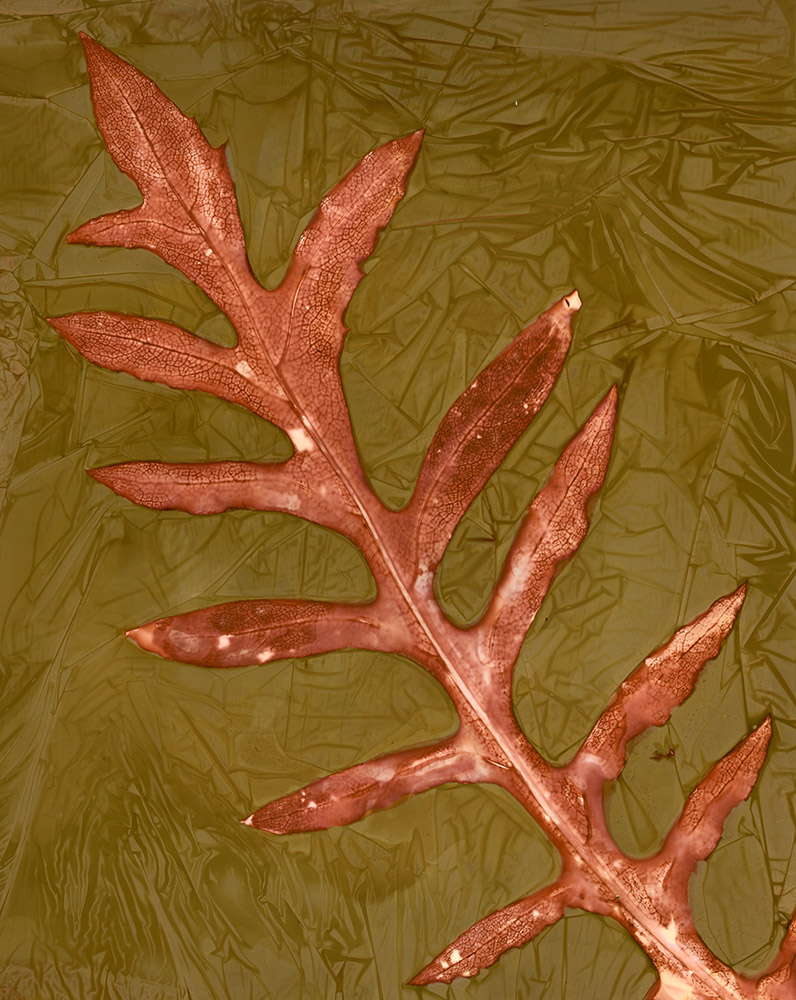
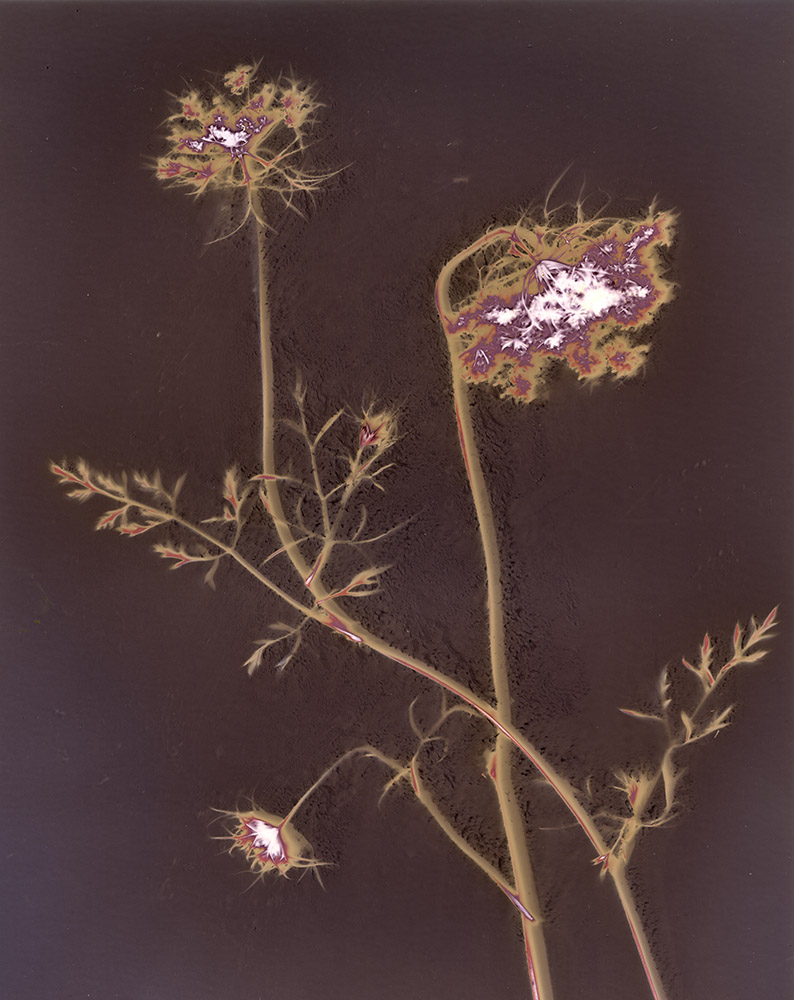
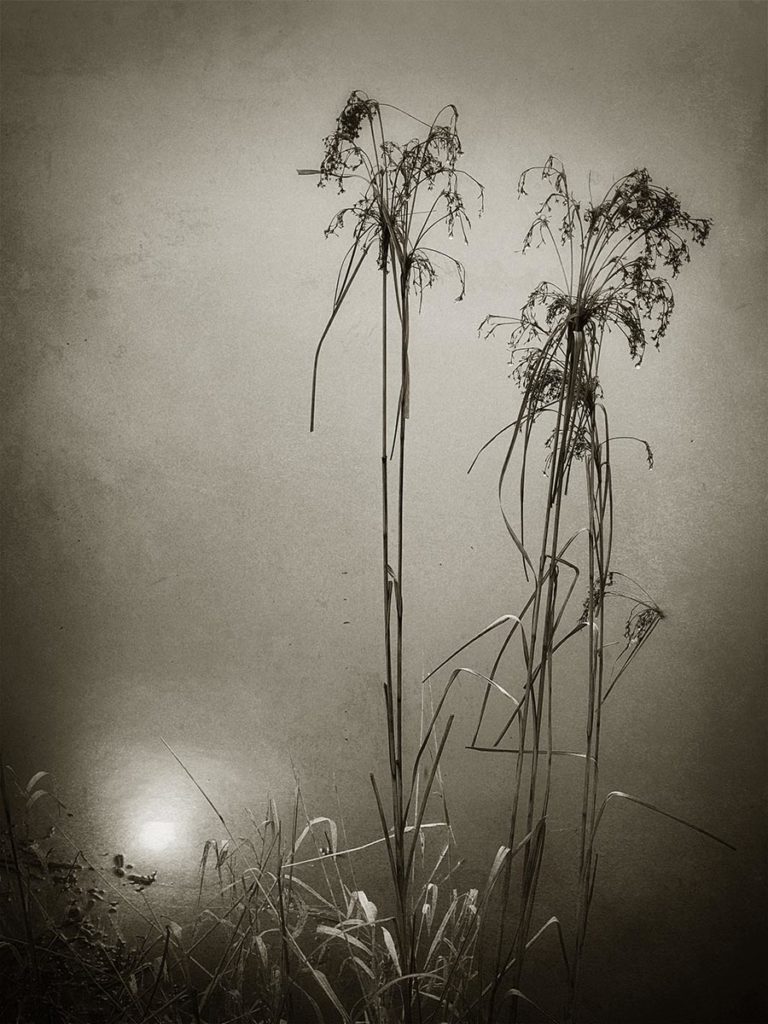
Bio

Vicki Reed is a former newspaper photographer and magazine art editor who currently teaches workshops in alternative processes at Studio 224 in Port Washington, WI. She uses plastic cameras as well as vintage, pinhole and digital cameras to explore the natural environment and her personal life and she continues to experiment with alternative processes.
Vicki has exhibited throughout the United States, Europe and Asia and has won numerous awards. She has been widely published, including Tim Rudman’s, “The World of Lith Printing” (UK), and portfolios in Fuzion Magazine (UK) and Fine Art Photo (Germany), Porcupine Literary Arts Magazine (Wisconsin) and Superstition Review (Arizona State University). Her work is included in the permanent collections of the Racine Art Museum and Port Washington State Bank as well as numerous private collections throughout the world.
For more information about Forest Beach Migratory Preserve, click here. This residency is being sponsored by Ozaukee Washington Land Trust, which is also a partner organization to A Wealth of Nature.
This is the latest in our series of featured artists, which is intended to showcase the work of photographers, artists, writers and other creative individuals in our community whose subjects or themes relate in some broad sense to nature, urban nature, people in nature, etc. To see a list of previously featured artists, click here. The work of the current ARTservancy artists in residence will be exhibited at Gallery 224 in September 2020. To meet the other ARTservancy artists in residence, click here.
All images courtesy of the artist, except as noted. The featured image of Vicki Reed at the top is by Eddee Daniel.

